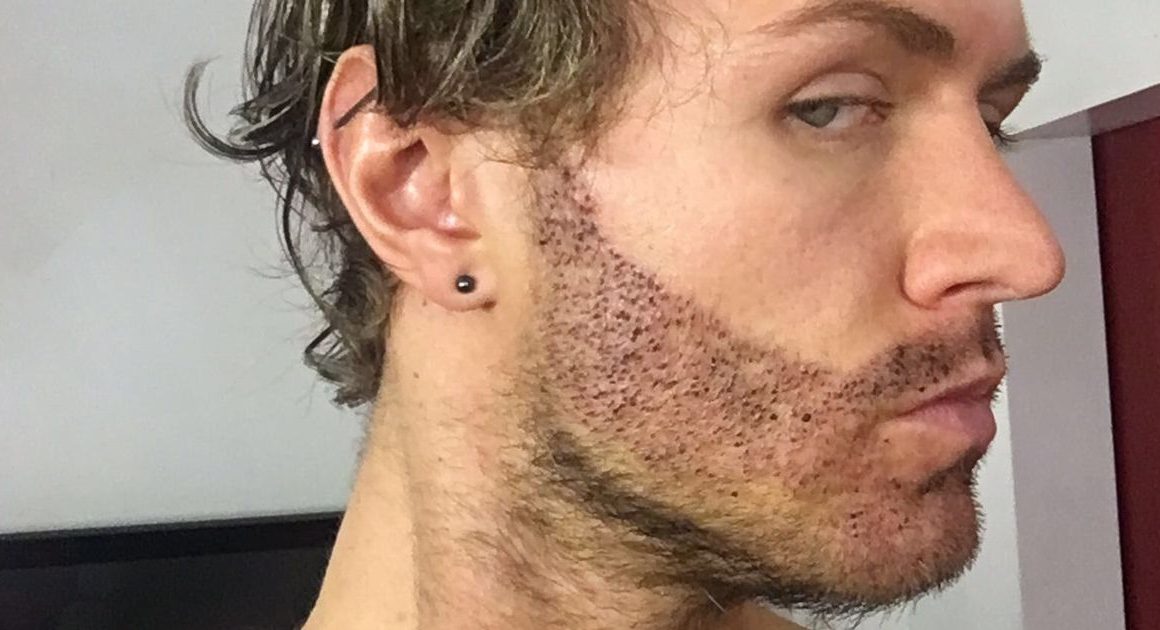Cluster headaches are one of the most excruciating forms of headache. They occur in cyclical patterns of cluster periods. A cluster headache usually wakes you up in the middle of the night with acute pain in or around one of your eyes on one side of your head. Cluster periods, which range from weeks to months, are generally followed by remission periods in which the headaches disappear. During remission, there are no headaches for months, if not years.
Fortunately, cluster headaches are uncommon and do not pose a threat to one’s life. Treatments can make cluster headache attacks less intense and shorter. Medications might also help you minimize the number of cluster headaches you encounter. This amount of pain can affect the quality of life of some patients. It is important to get the best treatment available. Columbia Asia Hospital Patiala has the best neurologists in the region. You can find more information about the hospital on Credihealth.
Characteristics of a cluster headache –
A cluster period might span anywhere from a few weeks to several months. The beginning date and duration of each cluster period may be constant from one period to the next. Cluster periods, for example, might occur seasonally, such as every spring or every fall. The majority of individuals suffer from episodic cluster headaches. The headaches in episodic cluster headaches range from one week to a year, followed by a pain-free remission phase that can continue up to 12 months before another cluster headache starts.
Chronic cluster periods can endure for more than a year, whereas pain-free intervals might last for less than a month. During a cluster period-
- Headaches occur daily, sometimes multiple times per day.
- A single episode might last anywhere between 15 minutes and three hours.
- The assaults frequently happen at the same time every day.
- The majority of attacks happen at night, generally 1 to 2 hours after you go to bed.
The discomfort generally stops abruptly and with quickly decreasing severity. Most people are pain-free yet tired after an attack.
Diagnosis of a cluster headache –
Cluster headache has a distinct sort of pain and attack pattern. Your description of the attacks, including your pain, the location and severity of your headaches, and any accompanying symptoms, will be used to make a diagnosis. The frequency and duration of your headaches are other crucial considerations. Various techniques will be used by your doctor to try to determine the kind and cause of your headache.
A neurological exam may assist your doctor in detecting the physical symptoms of neurological disease. In most cluster headache sufferers, the exam is normal. Your doctor will examine your brain function using a variety of techniques, including evaluating your senses, reflexes, and nerves.
If you experience uncommon or difficult headaches or an abnormal neurological examination, your doctor may prescribe further testing to rule out more dangerous causes of headaches, such as a tumor or aneurysm. The following are examples of common brain imaging tests:
- MRI: A strong magnetic field and radio waves are used to create detailed pictures of your brain and blood arteries.
- CT Scan: A sequence of X-rays is used to produce precise cross-sectional pictures of your brain.
Treatment for cluster headaches –
Cluster headaches are incurable. The objective of therapy is to reduce the severity of the pain, minimize the duration of the headache, and avoid episodes. Cluster headaches can be difficult to evaluate and treat since the pain comes on quickly and may diminish in a short period, necessitating the use of fast-acting medicines. Some forms of acute medicine might give immediate pain relief. The treatments mentioned below are the most effective for both acute and preventative cluster headache therapy. Your doctor may recommend the following quick-acting treatments:
- Oxygen: Most people who use it find that briefly breathing pure oxygen through a mask offers tremendous relief. The benefits of this simple, low-cost treatment can be felt within 15 minutes.
- Octreotide: For some patients, octreotide (Sandostatin), an injectable synthetic form of the brain hormone somatostatin, is an effective therapy for cluster headache. However, it is less effective and takes longer to alleviate pain than triptans.
- Local anesthetics: When administered through the nose, the numbing action of local anesthetics such as lidocaine may be beneficial against cluster headache discomfort in some persons (intranasal).
The doctors at Columbia Asia Patiala will work with you to decide the best course of treatment. Book an appointment or an online consultation through Credihealth for the best neurologists on Patiala.






